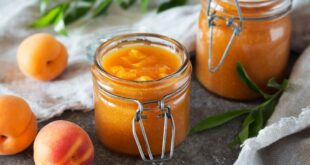Useful information for you, brought to you by Garden NZ
Introduction
A | B | C | D | E | F | G | H | I | J | K | L | M | N | O | P | Q | R | S | T | U | V | W | Y | Z
Raceme
A type of inflorescence, where the flowers are arranged on a long, usually upright stem, each flower having a separate flower stalk as in Delphiniums.
Revert
To return to normal, as when a variegated plant starts producing plain green leaves.
Rhizome
A creeping stem, growing either at ground level, or just below, and swollen with starch and nutrients to nourish the shoots and roots that grow from it. The rhizomes are the edible part of the Ginger plant.
Rhododendron
Sometimes called the king of all shrubs – Rhododendrons vary from miniatures only a few centimetres high to large trees 15 metres high. With year-round foliage a wonderful display of spring flowers in a real bonus.
Riverview Nurseries
We specialise in growing daylilies (hemerocallis) and ferns for the home gardener and for the landscaping and Garden Centre trades. Visit our nursery and Open Garden.
Rock Garden
A garden or area of a larger garden constructed mainly of large rocks, carefully arranged as they might occur in nature. Not to be confused with the more humble rockery, which is usually smaller and less ambitious in scope.
Root
The underground parts of a plant which anchor the plant and draw up water and nourishment from the soil.
Rootstock
The understock of a grafted plant; the base of a perennial where the roots grow.
Roses
In a thousand varieties, a thousand colours and a thousand gardens- nothing surpasses the rose!
Rosette
A group of leaves radiating from the same point on a short stem, to give an effect like a green flower, as in Sempervivums.
Runner
A horizontally growing stem that roots at each node where it touches the ground, as in Strawberries and Violets.
Rush
Any of a large group of Monocotyledonous plants, commonly found in boggy and marshy areas, with erect tufts of thin, straight, green stems and heads of tiny drab-coloured flowers. The true rushes belong to the large genus Juncus but the term is also used for certain of the Sedges (family Cyperaceae). The flowering rush is Butomus Umbellatus.
Rust Fungus
Any of a large group of plant-parasitic fungi characterised by the production of tiny but profuse spore-bodies that erupt from the host plants leaves or stems, usually yellow, orange or rusty brown in colour. Wheat rust is the most economically significant, but poplar rust is one of the most commonly and easily seen.








Join the Discussion
Type out your comment here:
You must be logged in to post a comment.